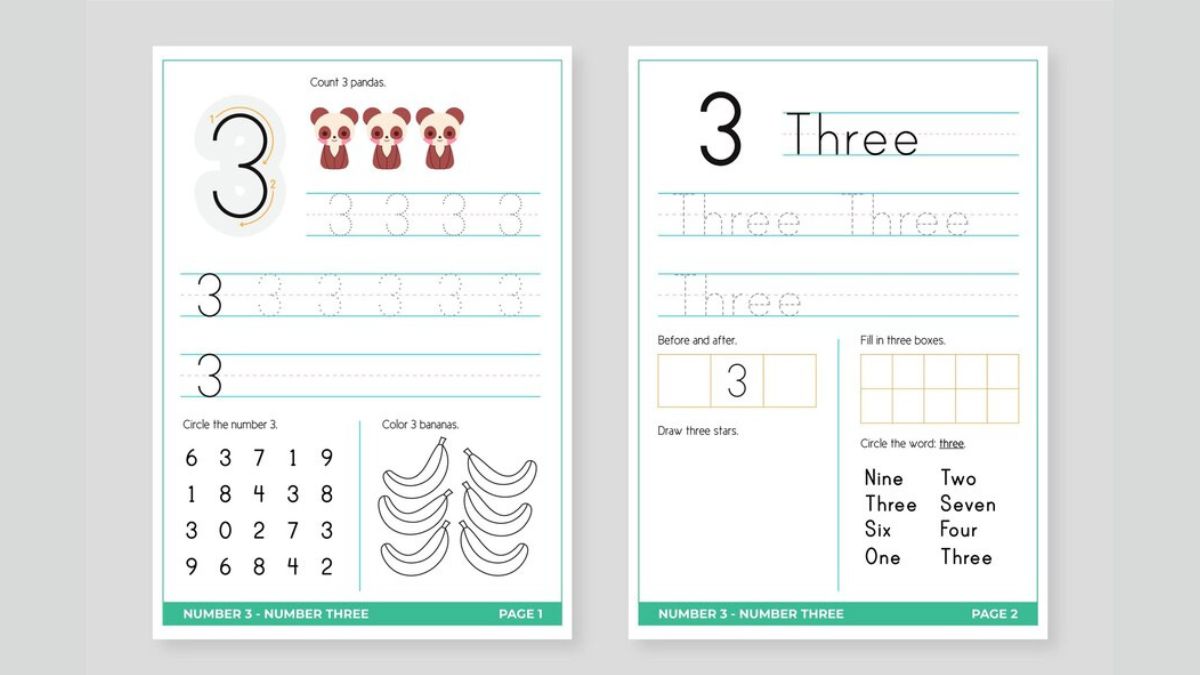EDUCATION
Understanding HCOOCH CH2 H2O: The Chemistry Behind CH2 and H2O

Have you ever wondered what goes on at the molecular level when substances interact? The intriguing compound HCOOCH CH2 H2O might just be one of those chemical enigmas that sparks curiosity. With its unique combination of carbon, hydrogen, and oxygen elements, this molecule is more than meets the eye. Understanding its chemistry opens doors to fascinating possibilities in both industries and daily life. Let’s dive into the world of HCOOCH CH2 H2O and explore how it shapes our understanding of chemical interactions!
Chemical Composition and Structure
HCOOCH CH2 H2O showcases a fascinating chemical composition. At its core, this compound consists of both carbon and oxygen atoms, forming an intricate network that defines its unique properties.
The molecular structure reveals the arrangement of these atoms. The presence of the methylene group (CH2) adds versatility to its behavior in various reactions. Meanwhile, water molecules play a critical role in stabilizing interactions within the compound.
In essence, HCOOCH connects functional groups that contribute to reactivity and solubility. This balance between hydrophilic and hydrophobic characteristics influences how it behaves in different environments.
Understanding this composition is essential for researchers exploring potential applications across multiple fields. Each element plays a vital role in dictating how HCOOCH CH2 H2O interacts with other substances around it.
Properties and Uses of HCOOCH CH2 H2O
HCOOCH CH2 H2O, also known as methyl formate hydrate, exhibits distinct properties that make it valuable in various fields. It is a colorless liquid with a sweet odor and low viscosity. This compound has a boiling point of around 32 degrees Celsius, which contributes to its volatility.
One prominent property of this substance is its ability to act as a solvent. It effectively dissolves many organic compounds, making it useful in chemical reactions and extractions.
In industries such as pharmaceuticals and cosmetics, HCOOCH CH2 H2O serves as an essential ingredient due to its stability and compatibility with other substances. It’s also utilized in the production of agrochemicals.
Beyond industrial applications, this compound has potential uses in laboratories for research purposes. Its unique characteristics allow scientists to explore new chemical pathways and synthesize innovative materials.
How CH2 and H2O Interact
The interaction between CH2 and H2O is fascinating at a molecular level. Methylene (CH2) can engage with water through hydrogen bonding, creating unique dynamics in solutions.
When CH2 groups are present in organic compounds, they exhibit hydrophobic characteristics. This means they tend to repel water rather than mix with it. However, when combined in the right conditions, these molecules can form emulsions or mixtures that enhance solubility.
In biochemical systems, this interaction plays a crucial role. For example, proteins often contain both hydrophilic and hydrophobic regions due to CH2 units mixed with polar side chains that interact favorably with H2O.
Understanding how these interactions occur opens doors for applications in pharmaceuticals and materials science. By manipulating the balance of CH2 and H2O environments, chemists can tailor properties for specific uses.
Common Reactions Involving HCOOCH CH2 H2O
HCOOCH CH2 H2O, also known as methyl formate, participates in various reactions that highlight its chemical versatility. One common reaction is the hydrolysis process. When exposed to water, it breaks down into methanol and formic acid.
Another interesting reaction involves esterification. This occurs when HCOOCH CH2 H2O reacts with alcohols under acidic conditions. The result is the formation of more complex esters while releasing water as a byproduct.
Methyl formate can also undergo transesterification—an essential process in biodiesel production. Here, it exchanges alkyl groups with another alcohol to create different fatty acid esters.
Additionally, this compound sometimes interacts with nucleophiles due to its electrophilic nature. These interactions lead to a variety of useful derivatives that find applications across numerous fields. Each of these reactions showcases the importance and adaptability of HCOOCH CH2 H2O in chemical processes.
Applications in Industries and Daily Life
HCOOCH CH2 H2O finds its way into various industries, showcasing its versatility. In the food industry, it acts as a flavoring agent and preservative. Its chemical properties help in extending shelf life while enhancing taste.
In pharmaceuticals, this compound is significant for drug formulation. It supports solubility and stability, making medications more effective.
Agriculture also benefits from HCOOCH CH2 H2O. It’s used in developing fertilizers that promote crop growth and health.
Beyond industrial applications, this compound plays a role in daily life. Many household products incorporate it due to its efficacy as a cleaning agent.
Moreover, it’s present in personal care items like lotions and shampoos for better texture and moisture retention. The integration of HCOOCH CH2 H2O across sectors highlights its importance and positive impact on modern living.
Conclusion and Future Research Possibilities
Understanding the chemistry of HCOOCH CH2 H2O opens up a fascinating world of possibilities. This compound, with its unique structure and interactions between CH2 and H2O, has significant implications across various fields.
Research into its properties can lead to innovative applications in industries such as pharmaceuticals, agriculture, and materials science. As scientists continue to explore its characteristics, new uses may emerge that we have yet to discover.
Future studies could focus on optimizing reactions involving HCOOCH CH2_H2O or investigating its potential in sustainable practices. There’s ample opportunity for groundbreaking work that addresses environmental challenges or enhances product performance.
Exploring this compound’s role further will not only deepen our understanding of organic chemistry but also pave the way for advancements that can benefit society broadly. The journey into the dynamics of HCOOCH CH2 H2O is just beginning, promising exciting developments ahead.

EDUCATION
Creative Writing Paths: Writing Worksheets to Help 2nd Graders Excel

Introduction to 2nd Grade Writing Skills
At the second-grade level, children embark on a unique journey of expressing their burgeoning thoughts through the written word. It is a pivotal time when the transition from playful scribbling to organized storytelling takes shape. This transition can be effectively supported with tailored writing worksheets for 2nd grade. These worksheets are crucial in shaping young minds to think critically and express themselves creatively. They are designed to bolster their capability to communicate ideas coherently and imaginatively, setting a foundational stepping stone for their academic endeavors.
Writing at this grade is about more than getting words down on paper. It is an invitation to explore new worlds, craft fantastic tales, and articulate dreams with clarity and color. By employing strategically designed worksheets, educators can transform writing from a simple classroom task into an exciting, engaging adventure for students.
The Importance of Writing Worksheets
Writing worksheets introduce an organized framework that encourages students to enhance their writing skills in a structured manner. These worksheets encompass activities specifically targeting various dimensions of writing—be it descriptive, narrative, or persuasive. The consistent implementation of these worksheets in the curriculum can lead to remarkable improvements in young learners’ literacy and language skills. According to research from Edutopia, well-developed writing curricula can play a vital role in nurturing an educational environment conducive to literacy growth and creative expression.
These worksheets guide young writers to experiment with language and provide a safe space to practice without fearing immediate judgment. Through regular practice, students can master the art of argument, the skill of description, and the storytelling technique while enjoying the learning process.
Engaging Activities to Spark Imagination
The heart of effective writing worksheets lies in their ability to activate a child’s imaginative faculties. Creative writing prompts, like “Imagine you are the hero in a magical land filled with talking animals,” push students to think outside the confines of the ordinary. Such activities engage students deeper, allowing them to express their creativity in colorful narratives while focusing on fundamental writing techniques. This imaginative stimulation is critical to their intellectual development, fostering skills they will carry forward throughout their schooling and beyond.
These exercises help develop an appreciation for storytelling and encourage risk-taking in writing, encouraging students to experiment with new ideas and perspectives. As children navigate through such exercises, they learn to enjoy the creative process, seeing writing not as a compulsory task but as a playful exploration of ideas.
Building Grammar and Vocabulary
Grammar and vocabulary are the backbone of effective communication, and writing worksheets are pivotal in reinforcing these skills. Students can expand their vocabulary and improve their language proficiency through exercises that hone in on parts of speech, sentence structure, and linguistics, such as synonyms, antonyms, and homophones. This expansion is crucial for students to express themselves more vividly and precisely, enhancing the quality and variety of their written work.
Broadening vocabulary and improving grammar through these structured exercises, as noted by insights from Education World, allows students to delve deeper into the world of language and literacy from an early age, equipping them with essential communication tools both in and out of the classroom.
Encouraging Peer Review and Collaborative Writing
Incorporating peer review sessions within the writing process is an invaluable method of enhancing students’ writing capabilities. Students are encouraged to engage with one another’s work positively and constructively using worksheets that include peer feedback sections. This practice fosters a collaborative atmosphere in the classroom where ideas are freely shared and refined.
This collaborative writing approach enriches the students’ work by introducing them to new ideas and perspectives and helps build essential social skills. It promotes an enriching environment where learning from one another becomes as crucial as learning from the instructor.
Integrating Storytelling Techniques
Storytelling is a powerful tool that transforms simple writing into rich, engaging narratives. By incorporating storytelling elements such as character development, plot creation, conflicts, and resolutions into writing exercises, worksheets teach students how to construct coherent and compelling stories. This narrative-building capability is critical in nurturing the student’s ability to organize thoughts logically and fosters critical thinking.
Bringing stories to life on paper allows students to explore diverse perspectives and expand their empathic understanding of the world. As students become more comfortable with the storytelling process, they naturally develop a keener understanding of their narratives’ power and potential.
Tracking Progress and Celebrating Success
Regular usage and reflection with writing worksheets allow educators and parents to track a child’s writing progress effectively. By observing consistent improvement metrics, adults can identify strengths, address weaknesses, and set realistic writing goals. Celebrating students’ successes, however small, is crucial in building their confidence and motivation towards writing.
Through personalized feedback and targeted guidance, worksheets become more than just instructional tools—they become stepping stones towards lifelong communication skills and personal growth. Emphasizing feedback as a path to improvement ensures that students view challenges not as obstacles but as opportunities for learning and development.
Conclusion
In summary, writing worksheets tailored for second graders are invaluable educational resources. They cultivate a love for writing and transform the act into a medium of self-expression and creativity. By offering diverse and challenging writing exercises, educators can inspire young students to become confident, imaginative writers who revel in the joy of storytelling.
-

 BUSINESS11 months ago
BUSINESS11 months agoStreamlining Your Orders: How ProcurementNation.com Shipping
-

 TOPIC12 months ago
TOPIC12 months agoThe Art of the Baldric: A Historical Overview and Its Cultural Significance
-

 CRYPTO11 months ago
CRYPTO11 months agoCrypto30x.com ASX: Your Gateway to Cryptocurrency Investments
-

 TECHNOLOGY11 months ago
TECHNOLOGY11 months agoExploring EvolvedGross.com/: A Deep Dive into Innovative Content
-

 TOPIC11 months ago
TOPIC11 months agoWhat You Need to Know About News TheAmericanSecretscom
-

 BUSINESS12 months ago
BUSINESS12 months agoExploring ChannelSynCharma: The Future of Collaborative Platforms
-

 BUSINESS11 months ago
BUSINESS11 months agoA Deep Dive into carmenton.xyz: Features, Benefits, and User Experience
-

 TECHNOLOGY11 months ago
TECHNOLOGY11 months agoMylt34: The Game Changer in Modern Technology